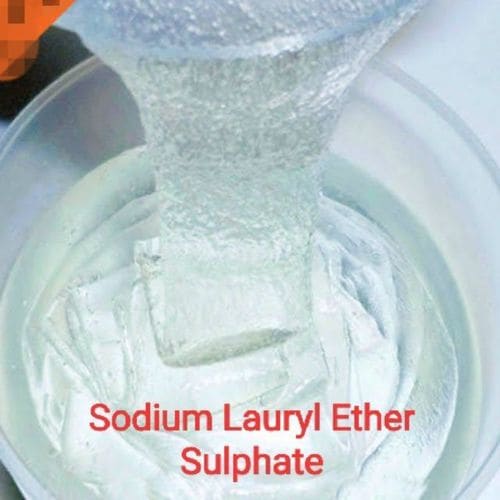Welcome To ChemAnalyst

The onset of December month brought relief in China Sodium Lauryl Ether Sulphate (SLES) market which had been facing the brunt of high price movement since mid-September 2021 when the market had fallen prey to the low production rates in compliance with the country’s dual control policy as well as tight availability of palm oil feedstocks. The latest trends, however, have turned in the market and consumer’s favour as the prices are continuously under fall since the last week of November.
As per the ChemAnalyst database, the prices for Sodium Lauryl Ether Sulphate 70% FOB China in the week ending 10th December were assessed at USD 1315/MT, down by 5% from the prices that stayed active throughout the second half of October and were also analysed to be the year’s highest prices.
The fall in the SLES prices in the recent weeks are backed by the long-awaited drop in the Indonesian and Malaysian palm oil futures that had been skyrocketing since the third quarter owing to low annual production and high freight costs. Indonesia and Malaysia hold a lion’s share in the total global production of Palm oil, which is the key feedstock for the manufacturing of SLES. China’s SLES market, having a huge dependency on heavy palm oil imports, is typically governed by the movements in the palm oil market. Despite the supply tightness, the sudden curtailment in palm oil prices has resulted due to easing down of the globally active container shortage issue and weakening demand in the largest palm oil-consuming country, India, which is taking a strong trend for soft oils. Furthermore, the boost in crude oil inventories after the coordinated release of strategic reserves by China and other major countries has led to a fall in the raw materials ethylene and ethylene oxide used for ethoxylation during SLES manufacturing.
SLES is an anionic detergent that is prepared from fatty alcohols extracted from palm oil using the Ziegler process. SLES is widely used in the cleaning sector in wetting agent formulations including laundry detergents, shampoos, domestic cleaning products etc. It is also used in printing and dyeing, agrochemicals, lubricants, and the leather industry. China with its huge consumer base is the largest revenue-generating region for the detergents sector which exploits a major share of SLES production.
As per ChemAnalyst, the Chinese SLES market is expected to enjoy a firm demand from the downstream detergent sector due to its vitality in everyday cleaning activities in the highly populated country. Also, the derivation of palm oil based SLES from natural sources will favour its production in China which is on a serious track to achieve sustainability in commodity manufacturing. Despite the firm demand, the prices of SLES are expected to further go down during December or as long as the palm oil feedstocks stay bearish. Currently, the palm oil price movements look ambiguous, and the market traders are analysing the sudden change in India’s import preferences whose streamlining in the coming weeks will dictate the new market fundamentals.
We use cookies to deliver the best possible experience on our website. To learn more, visit our Privacy Policy. By continuing to use this site or by closing this box, you consent to our use of cookies. More info.
